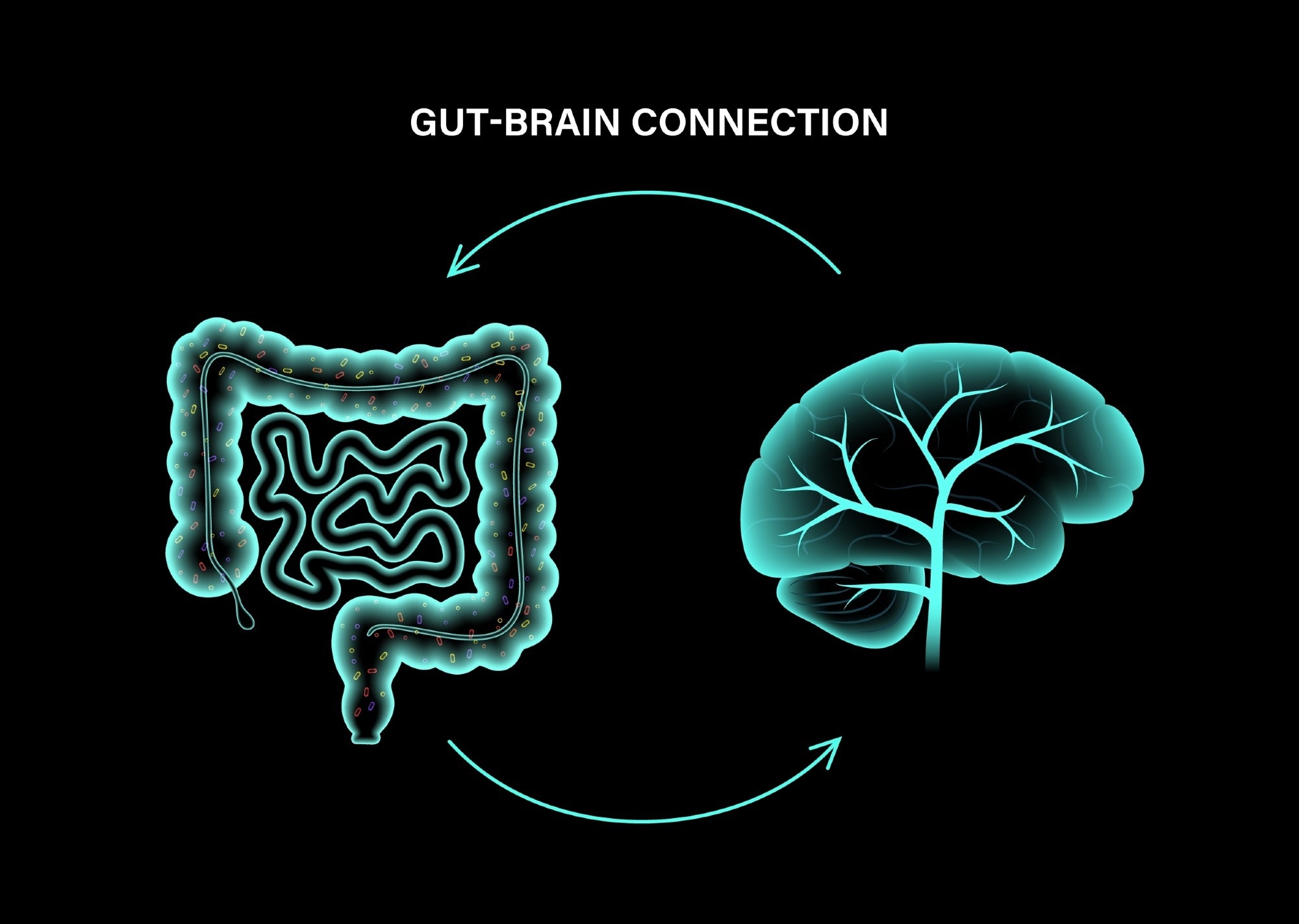In a recent study published in the journal Nature, researchers explored the neural basis for fat preference and identified receptors and neuronal elements mediating its development.
 Study: Gut-Brain Circuits for Fat Preference. Image Credit: Pikovit / Shutterstock
Study: Gut-Brain Circuits for Fat Preference. Image Credit: Pikovit / Shutterstock
Background
The current global obesity epidemic is a significant health problem. A high body-mass index (BMI) is a risk factor for stroke, diabetes, and several other diseases. Likewise, studies have linked the consumption of processed foods high in sugar and fat to multiple metabolic disorders and related comorbidities. Thus, a better understanding of the gut-to-brain mechanism that drives more fat consumption could inform the development of interventions to treat obesity and associated disorders. A previous study by Zuker's team demonstrated that sugar triggers signals from the gut to the brain, thereby fueling sweet cravings.
About the study
In the present study, researchers demonstrated that fat acts via the gut-brain axis to drive preference for fat after consumption.
First, they identified the vagal neurons responding to intestinal fat delivery using single-cell data. Next, the team recorded the activity of vagal neurons to alternating gut stimulation with fat (10 seconds of 10% linoleic acid) and sugar (10 s of 500 mM glucose) to examine how vagal neurons respond to these two nutrient signals in the gut. Remarkably, they evaluated over 1800 vagal sensory neurons from 22 nodoses.
Further, the researchers performed a series of experiments using mice for a comparative analysis of the gut-to-brain pathways driving preference for fat vs. sugar. The first set of experiments involved feeding test animals from two bottles — one containing an artificial sweetener, the other containing fat. Next, they dissected where the fat-sensing circuit is located in the brain to see its impact on the physiology and behavior of mice. They engineered mice that did not have neural receptors for detecting the presence of intestinal fat to validate the role of neurons as the mediators of gut-to-brain induced fat responses.
Study findings
“The gut is the source of our great desire for fat and sugar,” -Charles S. Zuker, HHMI Investigator at Columbia University
Experiments with mice showed that after 48 hours, all mice preferred the bottle containing fat. This behavioral switch demonstrated that while artificial sweeteners send signals to the brain only after tasting but not after swallowing, fat continues to alert the brain post-ingestion even after it reaches the gut, thus driving our desire for it.
Further experiments using knock-out mice and various molecule-specific inhibitors revealed that fat sensing occurs sequentially. First, fat binds to receptors in the gut, which, in turn, transmits signals to neurons via the gut-brain axis. The bilaterally activated neurons in the caudal nucleus of the solitary tract (cNST) (in the brain stem) send a message to the whole brain that fat has been consumed. Notably, the fat-activated cNST neurons receive signals originating in the gut directly. Therefore, even intragastric infusion of fat in mice activates the cNST.
Bilateral vagotomy effectively obliterated fat-activated neural responses in the cNST, thus, establishing the vagus nerve as the channel of fat signal transmission from the gut to the brain. Intriguingly, the team identified two parallel gut-to-brain signaling pathways operated by two distinct groups of vagal neurons. Nearly 8% of more generic neurons responded to fat, sugar, and amino acids, while another ~8% of non-overlapping neurons got triggered only by intestinal fat. The results showed two distinct gut-brain circuits for intestinal fat sensing. However, both utilized the same receptors, GPR40 and GPR120, for driving the development of fat preference.
Studies have proposed that enteroendocrine cells (EECs) in the intestines employ cholecystokinin (CCK) as a neurotransmitter to send signals. To validate this, the researchers pharmacologically inhibited CCK signaling with Devazepide, a CCK-A receptor (CCKAR) antagonist. Remarkably, blocking CCK signaling obliterated all the responses of the vagal sugar/fat neurons, while the fat-only responses remained robust and reliable.
Conclusions
While studies have extensively studied the external sensing system for touch, taste, and smell in humans, interoception, i.e., how the body receives information from internal organs — is not well understood. The current study discovered a gut-to-brain circuit that governs preference for fat. Furthermore, the authors demonstrated that fat, like sugar, uses the gut-brain axis to drive consumption.
The study well delineated the innate attraction or liking for sweets and fats and 'wanting' them. While the former involves the taste system, the gut-brain axis is responsible for an unsatiable want for these two. Future studies should explore the basic biology behind the transmission of fat-triggered signals across the brain after reaching the brain stem to motivate people to consume more fat.